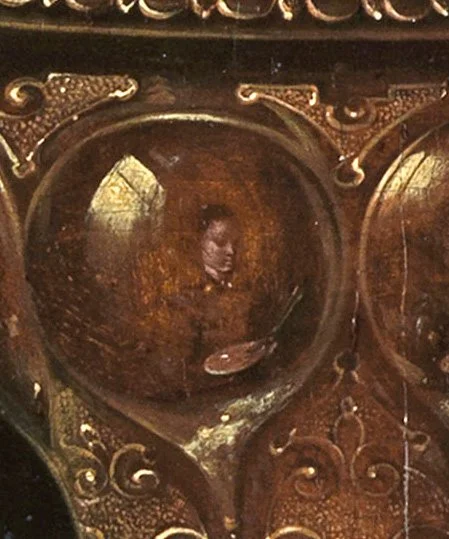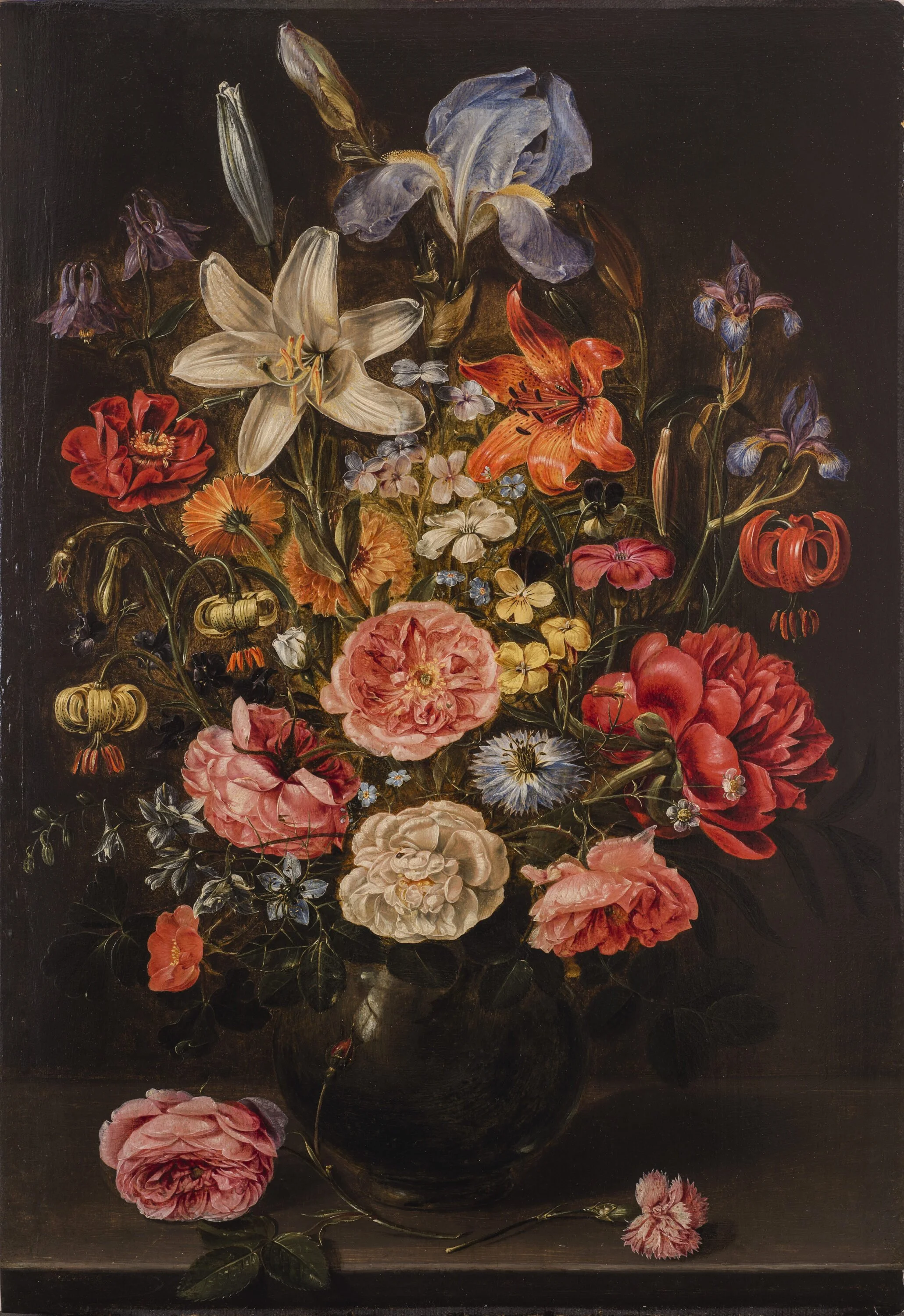Clara Peeters: Still Life Pioneer
By Heather Bolen
FEATURED PRODUCTS
Clara Peeters was a pioneering spirit in an era dominated by male artists. She was one of the few women artists of her time to have achieved a degree of fame and respect in her lifetime. A contemporary of Jan Brueghel the Elder, Rubens, Snyders, and Van Dyck, she was active during one of the great periods in the history of European art.
LIFE BEHIND THE CANVAS
Not much is known about Clara Peeters' personal life. She was likely born in Antwerp between 1588 and 1590, making her 17 or 18 years old at the time of her earliest dated work (1607). While she is not registered in the painters’ guild in Antwerp she is described in a document as a painter from there. In addition, at least six of the panels that she used for her paintings have marks on them indicating that they were prepared there. Finally, on the blades of three of the silver knives to be seen in her works is her name and a hallmark of the city of Antwerp.
Navigating the art world as a woman in the 17th century was no small feat. Restrictions on women's participation in guilds and limited access to training made it a challenging environment for female artists. The skill with which this young artist executed such pictures indicates that she must have been trained by a master painter. Although there is no documentary evidence of her artistic education, scholars believe that Peeters was a student of Osias Beert, a noted still-life painter from Antwerp.
Still life was a genre that attracted many women artists as women were forbidden from drawing live, male nude models.
A Bouquet of Flowers, Clara Peeters, c. 1612, The Metropolitan Museum of Art. This painting inspired the Met Shop’s Bouquet of Flowers and Midnight Garden collections. In this ambitious composition, Peeters paid close attention to naturalistic details like dewdrops, insect bites, and drooping tulips that hint at transience and decay. At the same time, she asserted her own achievement by inscribing her signature in the stone ledge, juxtaposed with a fallen sprig of forget-me-nots. The crisp edges and acute observation that characterize her work reveal the close link between floral painting and botanical illustration during the Scientific Revolution.
STILL LIFE PIONEER
Clara Peeters had a passion for still-life painting and brought to it a style that highlighted the true essence of objects. In the early 1600s, when she began, such artworks weren't common in the Southern Netherlands, showing her forward-thinking approach. Additionally, her focus on realism was a shift from the Renaissance's idealistic tendencies.
Peeters’ earliest dated oil paintings, from 1607 and 1608, are small-scale, detailed images representing food and beverages. She was one of the first still-life painters to prominently feature fruits of the sea and the spoils of the aristocratic hunt.
She was most active around 1611-1612, producing large numbers of painstakingly rendered still lifes. She is known for her meticulous brushwork, sophisticated arrangement of materials, low angle of perspective, and ability to capture precisely the textures of the varied objects she painted. She was a significant popularizer of so-called banquet (or breakfast) pieces—i.e., sumptuous displays of goblets, ceramic vessels, tableware, food and drink, and flowers—executed famously in Still Life with fish, a candle, artichokes, crab and prawns, on display at Museo del Prado in Madrid.
Above, in Still Life of Fish and Cat, she realistically depicted household abundance, without the subtle moral or subtext often associated with still lifes.
The reddish ceramic colander holds several types of fish, including an eel. Its long, slender body forms a prominent loop that adds visual interest to the upper left of this still life. Peeters increased the illusion of space within the picture by including several reflections in the metal dish.
The varied textures of slippery fish scales, thickly glazed clay, cat fur, rough oyster shells, and a gleaming pewter dish enhance the sensory qualities of the painting. The cat, with its ears, pointed back, stands alert to any potential interloper as it protects its fishy fortune.
HIDDEN TREASURES
One distinct element in many of Peeters' works is the inclusion of personal touches, often through reflections. These almost-hidden self-portraits, frequently seen mirrored in goblets or other reflective surfaces, give us rare glimpses of the artist herself, adding layers of intimacy to her creations.
Peeters included at least eight miniature self-portraits in her still lifes, and these hidden treasures—often rendered upside down or distorted—reveal themselves only to eagle-eyed viewers.
Still life with Flowers, Gilt Goblets, Coins and Shells (detail showing self-portrait in reflection of wine ewer), Clara Peeters, 1612, Karlsruhe, Staatliche Kunsthalle
LEGACY
The historical record went silent in 1621, and it is not known whether Clara Peeters continued to paint after that time.
The fact that her works were widely distributed, being present in collections in Rotterdam, Amsterdam, and Madrid, suggests that she aimed to achieve financial profit from her activities, working in a highly professional manner and exporting her paintings through dealers.
That said, only one of her paintings is listed in published inventories of seventeenth-century Antwerp collections and none is listed in any published auction sale catalog in the Netherlands in the eighteenth century.
Peeters was one of the only female artists of the 17th century to specialize in still-life painting, but her distinction was due less to her focus on one genre than her complete mastery of it. The painter’s influential techniques and ideas were promulgated throughout what is now the Netherlands and Germany. Consequently, those who adopted Peeters’s style are considered to be members of her small, but prominent, artistic school, called by some scholars the “circle of Peeters.”
For many years, Clara Peeters remained an underrated figure in art history, often overshadowed by male artists of her epoch. However, a renewed interest in her work in the 20th and 21st centuries has brought her the recognition she deserves. Exhibitions and studies have drawn attention to her distinctive style and techniques, solidifying her place among the greats of the Golden Age.






